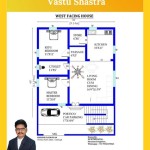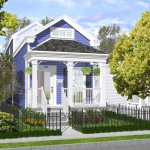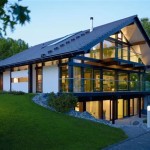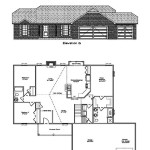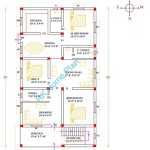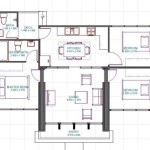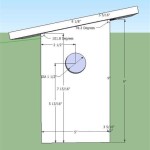The Enigmatic Charm of Pyramid Shaped House Plans
Humans have always been fascinated by pyramids, these towering structures that have captivated imaginations for centuries. Their enigmatic presence on the landscapes of ancient Egypt, Mesoamerica, and other parts of the world has inspired countless architectural endeavors.
In modern architectural design, the pyramid shape continues to exert a strong allure. Pyramid shaped house plans offer a unique blend of aesthetics, practicality, and environmental sustainability.
Architectural Significance
The primary characteristic of pyramid house plans is their distinctive shape. The steeply sloping sides, meeting at a peak, create an iconic silhouette that is instantly recognizable. This architectural form is visually striking and eye-catching, setting the house apart from conventional designs.
Energy Efficiency
The geometric shape of a pyramid offers inherent energy efficiency benefits. The sloping sides reduce the surface area exposed to the elements, minimizing heat loss in winter and heat gain in summer. The compact form also promotes natural ventilation, reducing the need for artificial cooling and heating.
Natural Lighting
Pyramid houses often incorporate large windows or skylights on their sloping surfaces. These openings allow for abundant natural light to flood the interior, creating a bright and airy atmosphere. Natural lighting not only reduces the need for artificial illumination but also enhances occupants' well-being and productivity.
Structural Stability
The triangular structure of a pyramid provides exceptional structural stability. The weight of the roof is evenly distributed across the sloping walls, creating a strong and durable framework. This inherent stability makes pyramid houses particularly well-suited for areas prone to earthquakes or high winds.
Rainwater Catchment
The sloping sides of pyramid houses can be utilized for rainwater harvesting. Rainwater can be collected and stored for various uses, such as irrigation, washing, or even potable water in some cases. This eco-friendly feature helps conserve water resources and reduce the environmental footprint of the home.
Versatile Interiors
Pyramid house plans offer flexible and adaptable interior layouts. The open and spacious interior allows for creative design possibilities. The high ceilings and sloping walls provide ample headroom and create a sense of grandeur. The unique geometry of the pyramid shape encourages innovative approaches to space planning and room configurations.
Considerations for Pyramid Shaped House Plans
While pyramid house plans offer distinct advantages, there are a few factors to consider before embarking on such a project:
Space Planning: The sloping walls of the pyramid shape can present challenges in space planning. Careful consideration must be given to furniture placement and the orientation of rooms to maximize usable space and functionality.
Cost: Pyramid house plans typically require more materials and labor to construct compared to conventional house designs. This can result in higher construction costs.
Maintenance: The exterior and roofing of pyramid houses require regular maintenance to ensure their integrity and longevity. The sloping surfaces may require specialized cleaning methods and materials.
Conclusion
Pyramid shaped house plans embody a captivating fusion of architectural artistry and practical functionality. Their distinctive form, energy efficiency, and versatility make them an intriguing choice for those seeking a unique and environmentally conscious home. While careful planning and consideration are necessary, the enigmatic charm and inherent benefits of pyramid house designs continue to inspire and captivate architects and homeowners alike.

Pyramid House Void Architecture Archdaily

Pyramid House Void Architecture Archdaily

Pyramid House Design

Juan Carlos Ramos Unveils Amazing Pyramid House Worthy Of A Pharaoh

Modern Pyramid House For Today S Pharaoh Designs Ideas On Dornob

Scientific Consultors On Pyramid Construction And Geobiology Energy Is Terrestrial Magneti Architecture House Modern
Pyramid House Design From Juan Carlos Ramos

Pyramid House Design

Pi The Pyramid House Ramid Com Home Design Plans Earthship

Pyramid Type Shaped View In Designer 3d House Dwg File Pyramids Design

